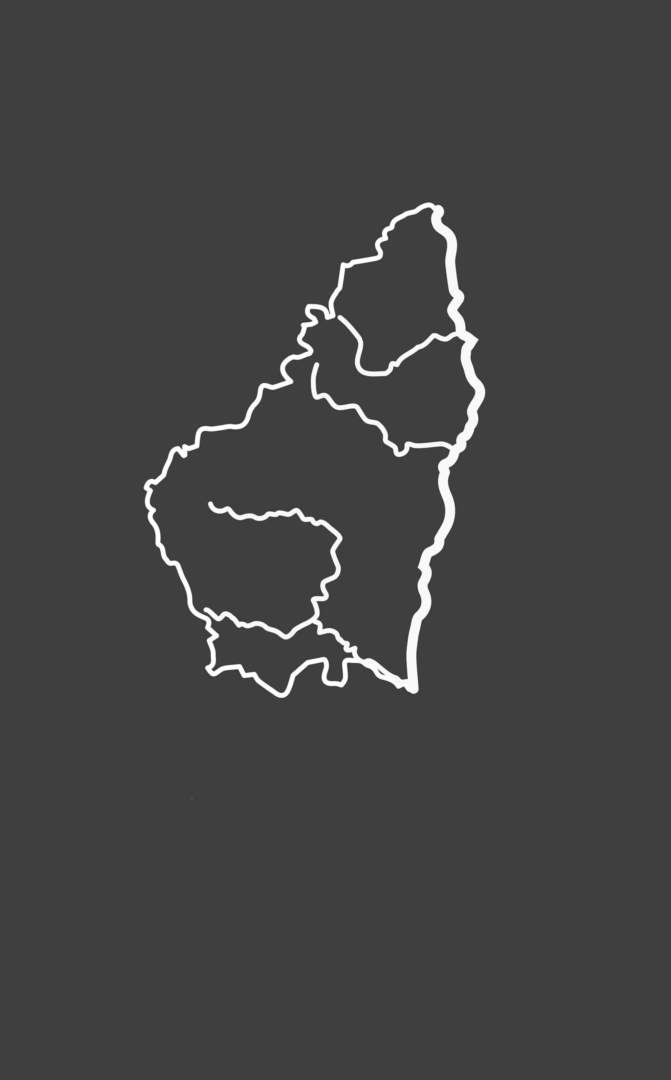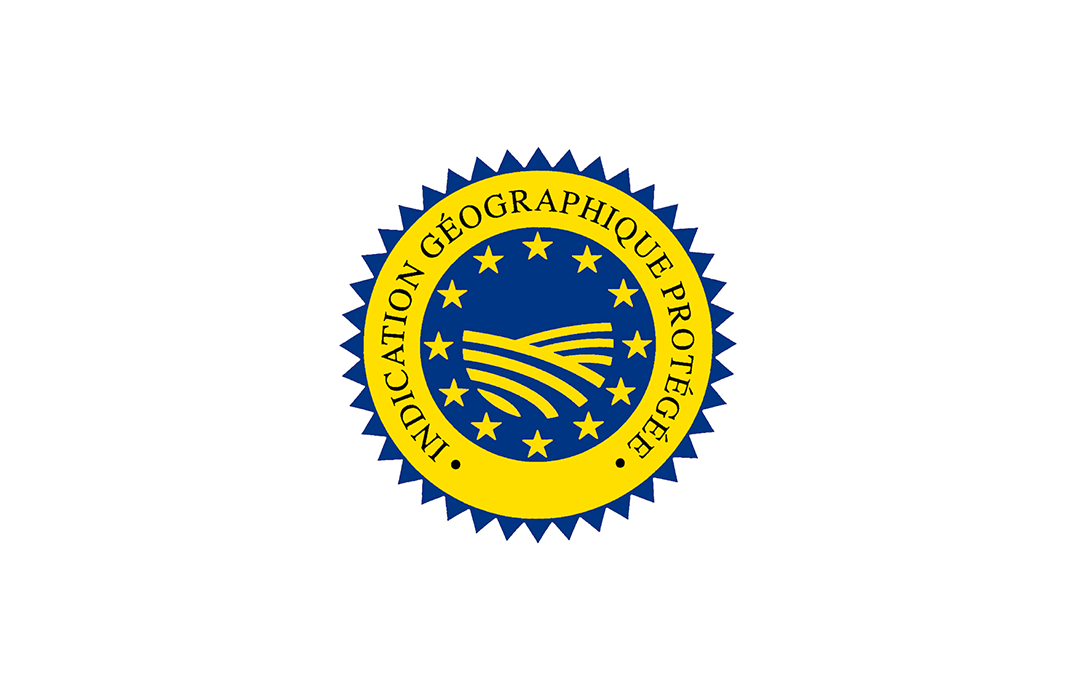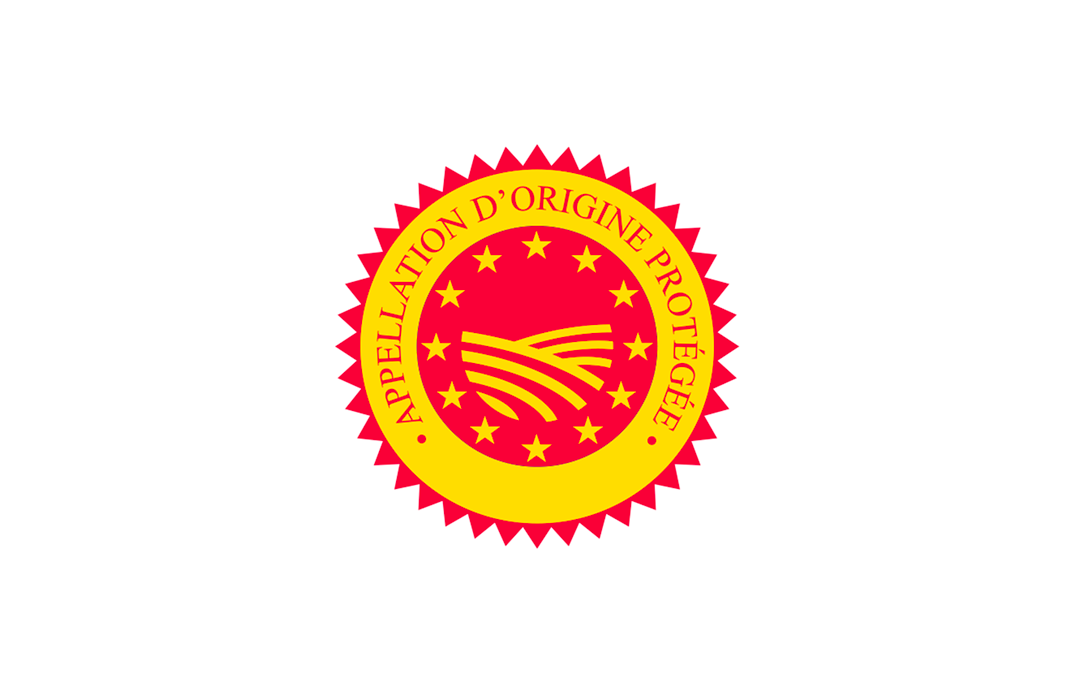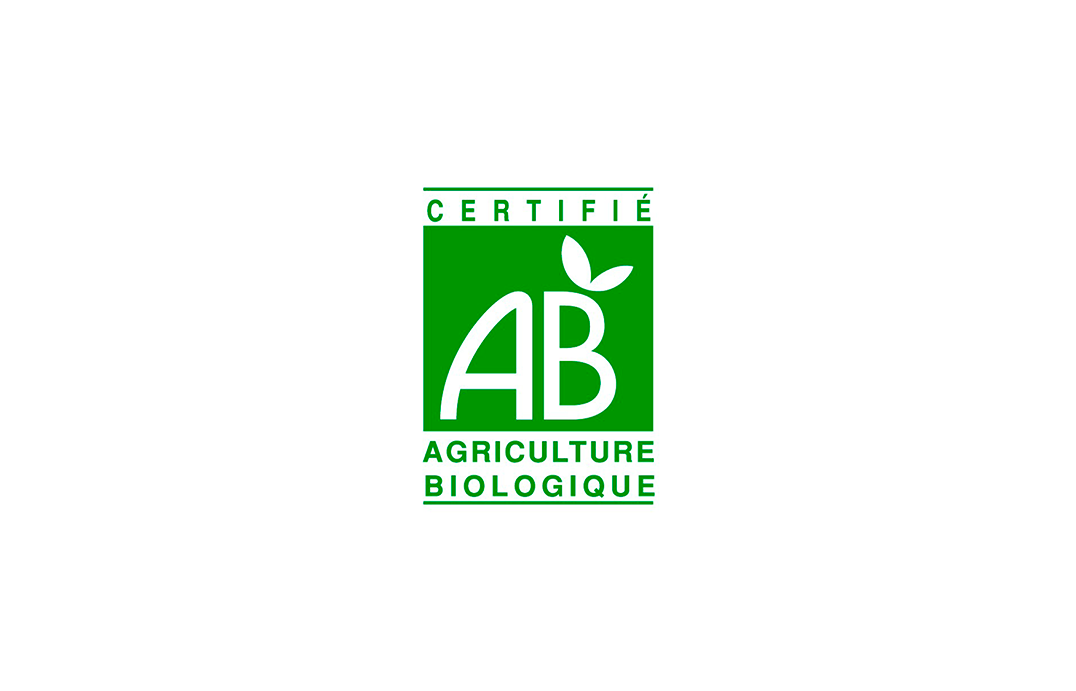OUR TERROIR
Southern Ardèche is very hilly
with many peaks and valleys which give the region different climates and a great variety of landscapes. Each sector has its own natural assets but all are home to vines. Depending on the environment, the vines grow alongside lavender, olive trees, pine trees or chestnut trees.
